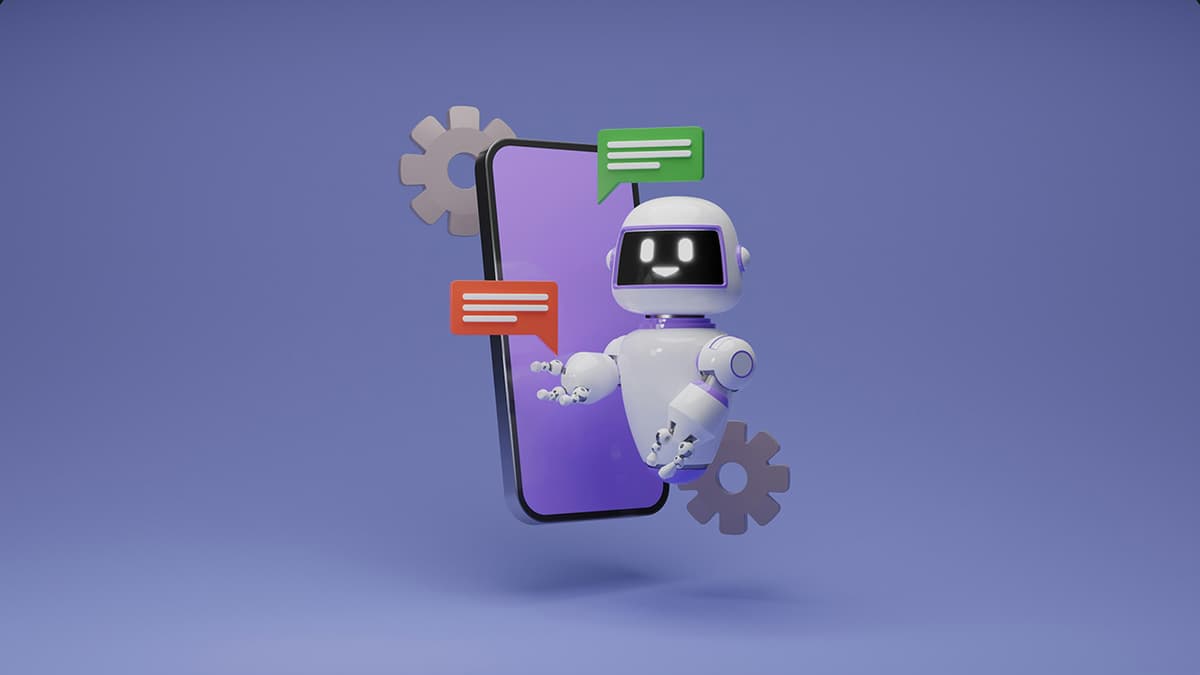Why Should You Finetune a Large Language Model (LLM) When Using AI?
Artificial intelligence (AI) has become an integral part of our everyday lives. From virtual assistants like Siri and Alexa to recommendation engines in Netflix and Amazon, AI-powered technologies are everywhere. At the core of many AI applications lies the Large Language Model (LLM). These models, like OpenAI's GPT-4, are designed to understand and generate human language. But why should you bother with finetuning an LLM? Let's explore the reasons in a simple and easy-to-understand way.
Understanding LLMs and Finetuning
Before we get into the reasons for finetuning, let's start by understanding what LLMs and finetuning really are.
What is a Large Language Model?
A Large Language Model is a type of AI that has been trained on a massive amount of text data. This enables the model to understand, generate, and manipulate human language in a meaningful way. Essentially, an LLM knows a lot about language because it has read (or been trained on) large swaths of text from books, articles, websites, and more. This makes it quite smart in terms of understanding and generating human-like text.
What is Finetuning?
Finetuning is the process of taking an already-trained LLM and training it further on a smaller, more specific dataset. Think of it like taking a general-purpose tool and customizing it to perform a specialized task exceptionally well. The LLM already has a broad understanding of language, but finetuning adapts it to excel in a specific domain or task.
Reasons to Finetune an LLM
Now, let’s dive into the compelling reasons for finetuning an LLM when using AI.
1. Increased Accuracy
When you finetune a model, you specifically train it on data that is relevant to your task. This focused training makes the model much more accurate in that particular domain. For instance, if you are building a chatbot for a medical service, finetuning your LLM on medical texts will make it more knowledgeable about medical terminology and procedures. This increased accuracy can translate into better user experience and higher trust in your application.
2. Improved Relevance
General LLMs are trained on a broad range of topics. While this makes them versatile, it also means that their responses can be generic. Finetuning aligns the model with the specific needs and language of your industry. For example, financial services companies like JPMorgan or Goldman Sachs can finetune their LLMs on financial data to ensure that the generated content is relevant and aligned with the financial world.
3. Speed and Efficiency
A finetuned model often requires less computational power for specific tasks. This is because the model has been optimized with task-specific data, making it faster at generating relevant outputs. If you're a company processing large volumes of text, this efficiency can save you both time and computational resources, making your operations more streamlined.
4. Customization and Branding
Finetuning allows companies to inject their unique tone, style, and brand voice into the AI’s outputs. This is particularly important for businesses that want to maintain a consistent brand identity. For example, a company like Disney can finetune an LLM to reflect the joyful and magical tone of their brand, ensuring that their AI-generated content resonates with their audience.
5. Better Content Moderation
Finetuning can help in creating models that are better at filtering inappropriate or harmful content. This is particularly useful for platforms that deal with user-generated content, like social media networks. By training the model on data that includes examples of inappropriate language, it becomes better at identifying and filtering out such content, making the platform safer for users.
6. Domain-Specific Knowledge
Finetuning gives the LLM deep knowledge in a specialized field. This is invaluable for sectors like healthcare, law, or engineering. For instance, doctors can benefit from an LLM finetuned on medical journals, while lawyers can rely on a model trained on legal documents. This level of domain-specific expertise is hard to achieve with a general-purpose model.
7. Adaptability to New Data
Industries are always evolving, and so is the data they produce. Finetuning allows your model to adapt to new trends and information quickly. This adaptability ensures that your AI remains relevant and up-to-date, providing more accurate and current information.
8. Cost-Effective Solution
While training a model from scratch can be extremely expensive and resource-intensive, finetuning is significantly more cost-effective. You start with a pre-trained model and only need additional training for your specific needs. This can save organizations thousands, if not millions, of dollars in development costs.
9. Enhanced User Interaction
For customer-facing applications, the quality of interaction can make or break the service. A finetuned LLM can understand user queries better and provide more accurate and relevant responses. This improves customer satisfaction and can lead to higher engagement rates on your platform.
10. Regulatory Compliance
Certain sectors like finance and healthcare are heavily regulated. Finetuning can help ensure that your AI adheres to these industry-specific regulations. By training the model on compliant data, you reduce the risk of non-compliance, which can save your organization from potential legal issues.
Finetuning a Large Language Model offers numerous benefits that can significantly enhance the performance and relevance of your AI applications. From increased accuracy and improved relevance to better customization and cost-effectiveness, finetuning is a powerful tool that can help you get the most out of your AI investments. If you're aiming to create an AI solution that truly stands out, consider making finetuning a key part of your strategy.












